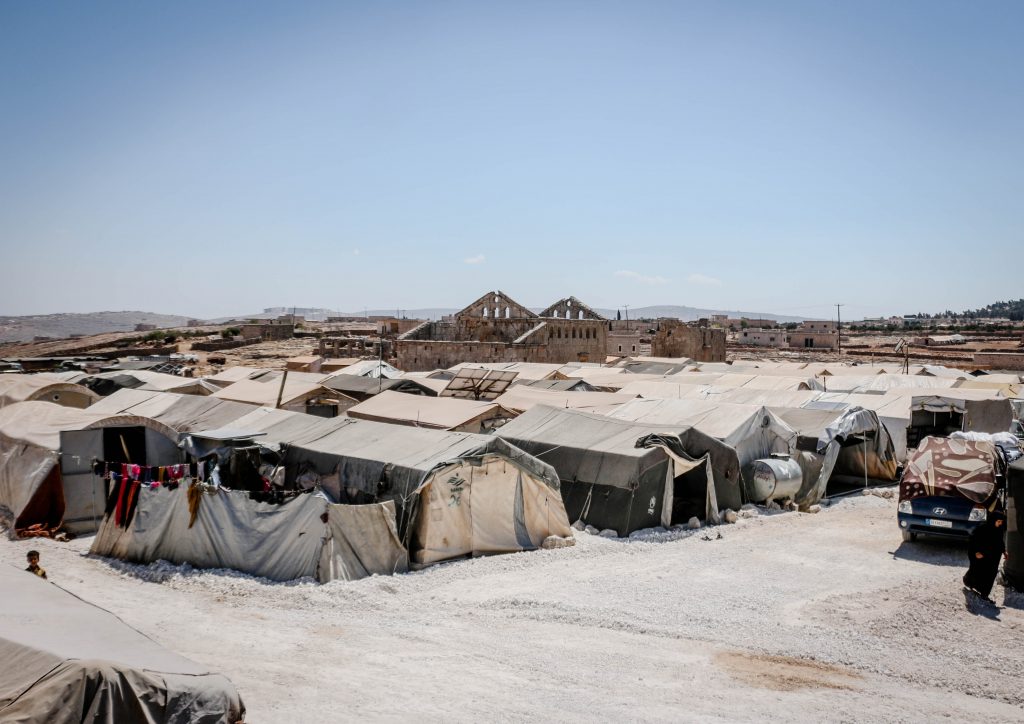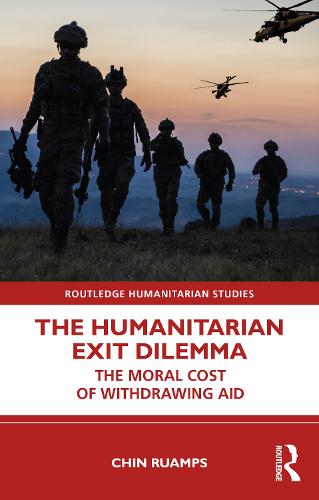by Chin Ruamps
Humanitarian crises are widespread and affect millions of people around the world. In response, relief aid and humanitarian resources are distributed to affected populations by international non-governmental organisations, such as humanitarian organisations. These organisations provide essential goods such as food, shelter, and medical supplies. According to the Global Humanitarian Assistance Reports, billions of dollars were contributed worldwide in response to humanitarian emergencies in recent years. For example, in 2012, US$17.3 billion was contributed worldwide, reaching 76 million people in need. In 2013, US$20.5 billion was distributed to 78 million people. In 2014, the expenditure on international humanitarian aid rose to a record high of US$24.5 billion to assist an additional 122 million people in need.

However, the COVID-19 pandemic has brought unprecedented challenges to humanitarian aid efforts. The pandemic has intensified existing needs and led to new crises, resulting in an estimated 243.8 million people requiring humanitarian assistance in 2020. By 2022, the COVID-19 pandemic had continued to aggravate humanitarian needs alongside other pre-existing crises, affecting an estimated 306 million people across the globe. The impacts of COVID-19 have distracted resources from other essential needs, leaving more affected populations without vital support. This has further stretched the capacity of humanitarian organisations, which are facing morally difficult decisions in determining which needs to satisfy and on what grounds.
On the one hand, humanitarian organisations are tasked with addressing the needs of those suffering from man-made disasters such as conflicts and wars. During conflicts, affected populations are often forced to suffer inhumane and violent treatment, such as involuntary military recruitment, sexual abuse, and physical attacks. Conflicts concentrated in the Gaza Strip in 2012, South Sudan in 2013, and Syria in 2014 highlight the troubling nature of humanitarian crises and the urgent need for international humanitarian assistance.
On the other hand, natural disasters and epidemics have driven needs to unprecedented levels. Climate-change-induced crises such as the tropical cyclone that hit Myanmar in 2008 and the devastating earthquake that struck Haiti in 2010 demonstrate the extreme scale of natural disasters. Natural disasters, humanitarian crises, and man-made conflicts are often interrelated and correlated. Protracted natural disasters and long-winded epidemics often trigger political turmoil and economic collapse, which in turn leads to violent conflicts resulting in system failures. The ongoing emergent conflict in Afghanistan in 2021 and Ukraine in 2022 has been intensified and exacerbated by the COVID-19 pandemic.
Large-scale humanitarian needs and assistance call for urgent response and immediate humanitarian intervention. However, humanitarian assistance and relief aid may cause more harm than good to affected populations, especially in complex emergencies, and it can be misused, as occurred in Nigeria’s civil war in the late 1960s; in Cambodia’s political violence in the 1980s; and in Rwanda in the 1990s. Humanitarian assistance can also bestow legitimacy on authoritarian regimes by cooperating with them, as seen in Myanmar. Humanitarian organisations have been forced to accept the enforced policy to gain access and assist the Rohingya people, resulting in criticism of them for being complicit in the Myanmar government’s unfair segregation policies.
How should humanitarian organisations respond when their aid goes awry? Should they stay and remain engaged with the needy, or should they withdraw and leave? Humanitarian practitioners often are too concerned with the outcome of action but fail to recognise that there are other equally weighty moral considerations they should consider. Focusing simply on the results of projects, such as the number of lives saved alone, is inadequate. The unique ‘Humanitarian Exit Dilemma’ that confronts humanitarian organisations should be understood as a moral quandary of conflicting values, and this ethical dilemma requires a value-based normative account to provide an adequate answer.

These questions are discussed further in my recently published book, ‘The Humanitarian Exit Dilemma: The Moral Cost of Withdrawing Aid’. The book is aimed at teaching at BA and master levels, as well as a broader audience with an interest in the dynamics of economic inequality.
Chin Ruamps is a Postdoctoral Research Fellow in the Department of Management, Society and Communication. I am also an affiliated research member of the HUMAC research group. Her current research focuses on the legitimacy concern and ethical issue of private sector engagement in humanitarian action. She hopes to examine the fundamental conflict of business-humanitarian partnerships and ultimately provide an ethical and sustainable way forward through analytical and qualitative research methods.
